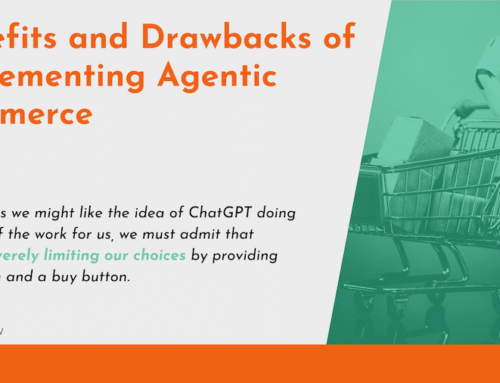
It’s easy for your marketing department to get caught up in the day-to-day tasks that need to be done. Post this many Facebook updates, tweet this many times, write a blog, check the SEO, create that video, boost that ad, bid on those keywords… The list of daily activities necessary to market our businesses is long and sometimes difficult. We’re always learning—even the marketing experts!—and changing our strategy for better results.
But there’s one task that never changes: checking the metrics. When you check your metrics, you’re not just determining how many people you’ve reached. There’s a wealth of information hidden within the numbers. Let’s examine what you can learn every time you check your metrics.
Content Performance
We know that content is still the best way to let people know about your business. The problem is that all the blogs, videos, and social media posts being poured onto consumers through various platforms make it hard to get seen. When something works—and works well—you want to repeat that process for a better chance at getting good results, right?
If you keep track of your metrics, you’ll know which pieces of content are reaching your buyers. You can track blog and video views, determine which posts generated a lot of attention, and how long customers spent consuming your content. This help you to avoid spinning your wheels on content that simply doesn’t perform.
Perfecting the Platform
You might spend all your time or marketing budget on posting your content to every possible medium available, from your website and landing pages to every social media platform there is. Now, if you found out that none of your visitors have ever visited your Instagram account or found you through a Pinterest post, would you keep spending your hard-earned dollars on distributing there?
Well, that’s exactly what your metrics can tell you. With one glance, you’ll know if Facebook is the best place to boost your posts or if LinkedIn drives more traffic your way. You’ll know if your blog posts are generating traffic or if landing pages get the most attention from Google during searches. Wouldn’t that help you hone your strategy?
Who Your Audience Is
By this point, you should have a very good idea of who your buyers are. You may have filled out buyer persona worksheets, studied buyer responses and surveys, and even conducted focus groups. That’s all great! So, what do you do when you check your metrics and see that your products—which you’ve geared toward women aged 25-40—have also been sought by men of that same age range?
While you may brand your company with your desired buyers in mind, you have to keep in mind that there may be buyers outside your selected personas that are interested, too. Your marketing can be shaped and targeted to those outside your buyer personas if only you know who that audience is.
We can glean so much information from your metrics—all of this and more. If you’d like to see what your numbers can tell you, give us a call. We’ll show you all that science and math behind your marketing.






